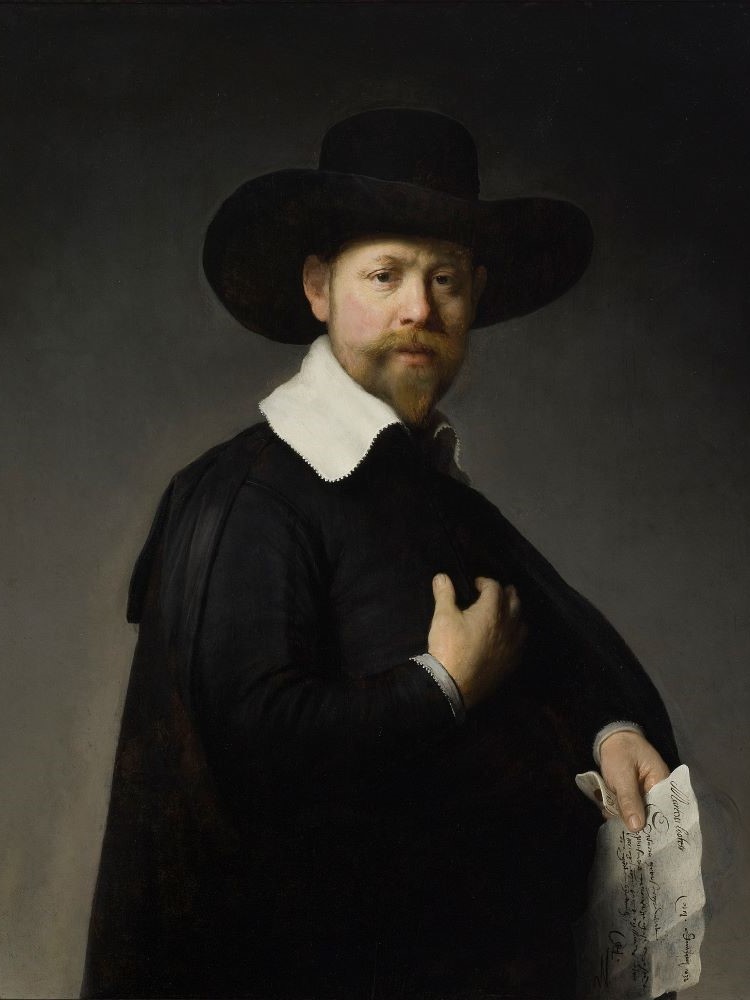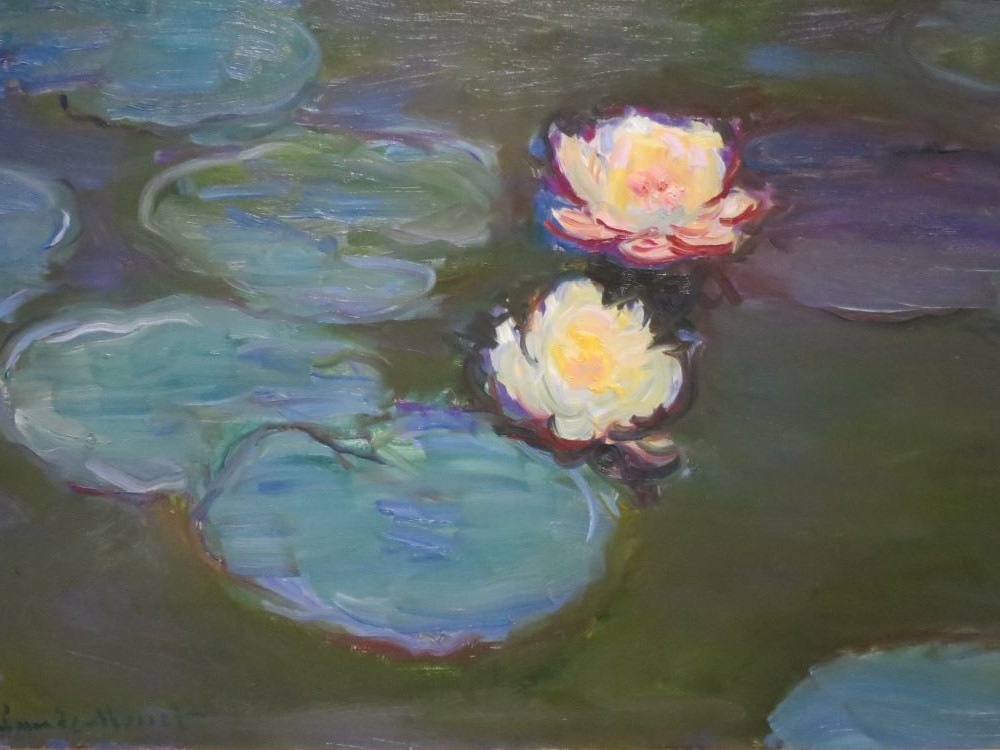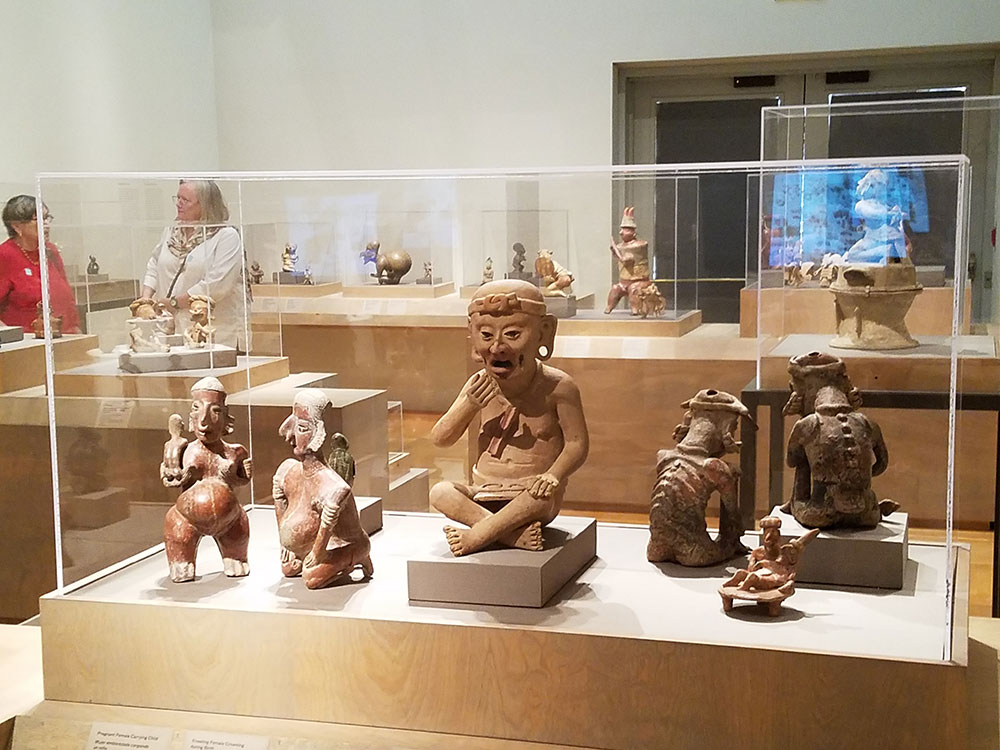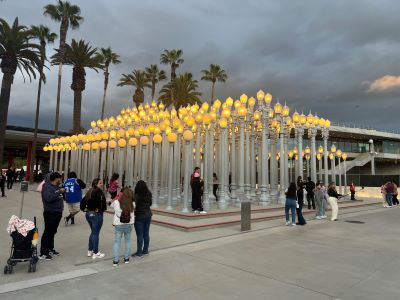Largest art museum in the western United States attracts nearly a million visitors annually and holds more than 150,000 works spanning the history of art from ancient times to the present
Monday 11am to 5pm
Tuesday 11am to 5pm
Wednesday Closed
Thursday 11am to 5pm
Friday 11am to 8pm
Saturday 10am to 7pm
Sunday 10am to 7pm
Always closed on Wednesdays, Thanksgiving Day, and Christmas Day
Youth (12 & under) LA County Residents: Free; Non Residents: Free
Teens (13-17) LA County Residents: Free; Non Residents: $10.00
Adults LA County Residents: $20.00; Non Residents: $25.00
Seniors (65+ with ID) LA County Residents: $16.00; Non Residents: $21.00
Students (18+ with ID) LA County Residents: $16.00; Non Residents: $21.00
Self Parking:
Parking for LACMA is located at the Pritzker Parking Garage on 6th St., just east of Fairfax Ave.
The $16 charge ($8 after 7 pm entry) may be prepaid at a pay station located in each parking lot.
Overview
The Los Angeles County Museum of Art (LACMA) is an art museum located on Wilshire Boulevard in the Miracle Mile vicinity of Los Angeles. LACMA is on Museum Row, adjacent to the La Brea Tar Pits (George C. Page Museum).
LACMA was founded in 1961, splitting from the Los Angeles Museum of History, Science and Art. Four years later, it moved to the Wilshire Boulevard complex designed by William Pereira. The museum's wealth and collections grew in the 1980s, and it added several buildings beginning in that decade and continuing in subsequent decades. In 2020, four buildings on the campus were demolished to make way for a reconstructed facility designed by Peter Zumthor.
Visitors can hike to the sign from the Bronson Canyon entrance to Griffith Park or from Griffith Observatory. There is also a trailhead near the Lake Hollywood Reservoir outside of Griffith Park, and although not an access point in itself, there is a popular scenic vista point around Lake Hollywood Park near the trailhead.
LACMA is the largest art museum in the western United States. It attracts nearly a million visitors annually. It holds more than 150,000 works spanning the history of art from ancient times to the present. In addition to art exhibits, the museum features film and concert series.
Collections
LACMA's more than 120,000 objects are divided among its numerous departments by region, media, and time period and are spread amongst the various museum buildings.
Modern and Contemporary Art
The Modern Art collection is displayed in the Ahmanson Building, which was renovated in 2008 to have a new entrance featuring a large staircase, conceived as a gathering place similar to Rome's Spanish Steps. Filling the atrium at the base of the staircase is Tony Smith's massive sculpture Smoke (1967). The plaza level galleries also house African art and a gallery highlighting the Robert Gore Rifkind Center for German Expressionist Studies.
The Contemporary Art collection is displayed in the 60,000-square-foot (5,600 m2) Broad Contemporary Art Museum (BCAM), opened on February 16, 2008. BCAM's inaugural exhibition featured 176 works by 28 artists of postwar Modern art from the late 1950s to the present. All but 30 of the works initially displayed came from the collection of Eli and Edythe Broad (pronounced "brode"). Long-time trustee Robert Halff had already donated 53 works of contemporary art in 1994. Components of that gift included Joan Miró, Jasper Johns, Sam Francis, Frank Stella, Lari Pittman, Chris Burden, Richard Serra, John Chamberlain, Matthew Barney, and Jeff Koons. It also provided LACMA with its first drawings by Claes Oldenburg and Cy Twombly.
Back Seat Dodge '38 (1964), by Edward Kienholz, is a sculpture portraying a couple engaged in sexual activity in the back seat of a truncated 1938 Dodge automobile chassis. The piece won Kienholz instant celebrity in 1966 when the Los Angeles County Board of Supervisors tried to ban the sculpture as pornographic and threatened to withhold financing from LACMA if it included the work in a Kienholz retrospective. A compromise was reached under which the sculpture's car door would remain closed and guarded, to be opened only on the request of a museum patron who was over 18, and only if no children were present in the gallery. The uproar led to more than 200 people lining up to see the work the day the show opened. Ever since, Back Seat Dodge '38 has drawn crowds.
American and Latin American art
The Art of the Americas Building has American, Latin American, and pre-Columbian collections displayed on the second floor and temporary exhibition space on the first floor. Formerly known as the Anderson Building, the Art of the Americas Building comprises galleries for art from North, Central, and South America.
LACMA's Latin American Art galleries reopened in July 2008 after several years renovation. The Latin American collection includes pre-Columbian, Spanish Colonial, Modern, and contemporary works. Many recent additions to the collection were financed by sales of works from an 1,800 piece holding of 20th century Mexican art compiled by dealer-collectors Bernard and Edith Lewin and given to the museum in 1997.
The pre-Columbian galleries were redesigned by Jorge Pardo, a Los Angeles artist who works in sculpture, design, and architecture. Pardo's display cases are built from thick, stacked sheets of medium-density fiberboard (MDF), with spacing of equal thickness in between the 70-plus layers. The laser-cut organic forms undulate and swell out from the walls, sharply contrasting to the rectangular display cases found in most art museums.
The museum's pre-Columbian collection began in the 1980s with the first installment of a 570-piece gift from Southern California collector Constance McCormick Fearing and the purchase of about 200 pieces from L.A. businessman Proctor Stafford. The holdings recently jumped from about 1,800 to 2,500 objects with a gift of Colombian ceramics from Camilla Chandler Frost, a LACMA trustee and the sister of Otis Chandler, former Los Angeles Times publisher, and Stephen and Claudia Muñoz-Kramer of Atlanta, whose family built the collection. A sizable portion of LACMA's pre-Columbian collection was excavated from burial chambers in Colima, Nayarit and other regions around Jalisco in modern-day Mexico. LACMA boasts one of the largest collections of Latin American art due to the generous donation of more than 2,000 works of art by Bernard Lewin and his wife Edith Lewin in 1996. In 2007 the museum signed an agreement with the Fundación Cisneros for a loan of 25 colonial-style works, later extended until 2017.
The Spanish Colonial collection includes work from 17th and 18th century Mexican artists Miguel Cabrera, José de Ibarra, José de Páez, and Nicolás Rodriguez Juárez. The collection has galleries for Diego Rivera and Rufino Tamayo. The Latin American contemporary gallery highlights works Francis Alÿs.
Asian art
The Hammer Building houses the Chinese and Korean collections. The Korean art collection began with the donation of a group of Korean ceramics in 1966 by Bak Jeonghui, then president of the Republic of Korea, after a visit to the museum. LACMA today claims to have the most comprehensive holding outside of Korea and Japan. The Pavilion for Japanese Art displays the Shin'enkan collection donated by Joe D. Price. In 1999 LACMA trustee Eric Lidow and his wife, Leza, donated 75 ancient Chinese works valued at a total of $3.5 million, including important bronze objects and prime examples of Buddhist sculpture. LACMA also has a rich collection of relics from India, mostly consisting of sculptures of Jain Tirthankaras, Buddha and Hindu deities. Many Paintings from India are also present in the LACMA.
The second floor of the Ahmanson Building has Greek and Roman Art galleries. A large portion of the museum's ancient Greek and Roman art collection was donated by William Randolph Hearst, the publishing magnate, in the late 1940s and early 1950s.
Islamic art
The museum's Islamic galleries include over 1700 works from ceramics and inlaid metalwork to enameled glass, carved stone and wood, and arts of the book from manuscript illumination to Islamic calligraphy. The collection is especially strong in Persian and Turkish glazed pottery and tiles, glass, and arts of the book. The collection began in earnest in 1973 when the Nasli M. Heeramaneck Collection was gifted to the museum by philanthropist Joan Palevsky.
Decorative arts and design
In 1990 Max Palevsky gave 32 pieces of Arts and Crafts furniture to LACMA ; three years later, he added an additional 42 pieces to his gift. In 2000, he donated $2 million to LACMA for Arts and Crafts works. He supplied about a third of the 300 objects displayed in a 2004-05 LACMA exhibit, "The Arts and Crafts Movement in Europe and America: 1880-1920" and in 2009, the museum presented "The Arts and Crafts Movement: Masterworks From the Max Palevsky and Jodie Evans Collection". With a single acquisition in 2009, LACMA became a major center for the study and display of 18th- and 19th-century European clothing when it bought the holdings of dealers Martin Kamer of London and Wolfgang Ruf of Beckenried, Switzerland—about 250 outfits and 300 accessories created between 1700 and 1915, including men's three-piece suits, women's dresses, children's garb, and a vast array of shoes, hats, purses, shawls, fans, and undergarments.
Permanent art installations
Los Angeles sculptor Robert Graham created the towering, bronze Retrospective Column (1981, cast in 1986) for the entrance of the Art of the Americas Building. A new contemporary sculpture garden was opened directly east of the museum's Wilshire Boulevard entrance in 1991, including large-scale outdoor sculptures by Alice Aycock, Ellsworth Kelly, Henry Moore, and others. The centerpiece of the garden is Alexander Calder's three-piece mobile Hello Girls, commissioned by a women's museum-support group for the museum's opening in 1965. Situated in a curving reflecting pool, the mobile has brightly colored paddles that are moved by jets of water.
The Ahmanson Building's atrium was remodeled to hold Tony Smith's Smoke, which had not been displayed since its original 1967 presentation at Washington, D.C.'s Corcoran Gallery of Art. The massive black painted aluminum artwork is made up of 43 piers and is 45 ft (14 m) long, 33 ft (10 m) wide, and 22 ft (6.7 m) high.
Eli and Edythe Broad contributed $10 million to fund the purchase of Richard Serra's Band sculpture, on display on the first floor of BCAM when the building opened.
Urban Light sculpture by Chris Burden
Surrounding the BCAM building and LACMA's courtyard is a 100 palm tree garden, designed by artist Robert Irwin and landscape architect Paul Comstock. Some of the 30 varieties of palms are in the ground, but most are in large wooden boxes above ground. Directly in front of the new entrance to LACMA on Wilshire Boulevard, where Ogden Drive once bisected the 20-acre campus between Wilshire Boulevard and 6th Street, is Chris Burden's Urban Light (2008), an orderly, multi-tiered installation of 202 antique cast-iron street lights from various cities in and around the Los Angeles area. The street lights are functional, turn on in the evening, and are powered by solar panels on the roof of the BP Grand Entrance.
Levitated Mass by artist Michael Heizer is the latest project at LACMA. On December 8, 2011, this 340-ton boulder, 21.5 feet (6.6 m) wide and 21.5 feet (6.6 m) in height, was ready to leave its quarry in Riverside County, after months of postponements. It sits atop the 456-foot-long trench which allows people to walk under and around the massive rock. The move started on February 28, 2012 and completed on March 10, 2012. The art piece was opened on June 24, 2012 by Heizer, Los Angeles County Supervisor Zev Yaroslavsky, and Los Angeles City Mayor Antonio Villaraigosa.
Photography
The Wallis Annenberg Photography Department was launched in 1984 with a grant from the Ralph M. Parsons Foundation. It has holdings of more than fifteen thousand works that span the period from the medium's invention in 1839 to the present. Photography also is integrated into other departments. Although LACMA's photo collection encompasses the entire field, it has many gaps and is far smaller than that of the J. Paul Getty Museum. In 1992 Audrey and Sydney Irmas donated their entire photography collection, creating what is now the Los Angeles County Museum of Art's Audrey and Sydney Irmas Collection of Artists' Self-Portraits, a large and highly specialized selection spanning 150 years. The couple donated the collection two years before a major exhibition of the collection was mounted at LACMA; the display included photos of and by artistic photographers ranging from chemist Alphonse Poitevin in 1853 to Robert Mapplethorpe in 1988. Among other self-portraits in the collection were those of Andy Warhol, Lee Friedlander, and Edward Steichen. Audrey Irmas continues to buy for the collection, but now all the additions are gifts to LACMA. In 2008 LACMA announced that the Annenberg Foundation was making a $23 million gift for the acquisition of the Marjorie and Leonard Vernon collection of 19th- and 20th-century photographs. Among the 3,500 master prints are works by Steichen, Edward Weston, Ansel Adams, Eugène Atget, Imogen Cunningham, Catherine Opie, Cindy Sherman, Barbara Kruger, Ave Pildas and Man Ray. The gift also provided an endowment and capital to help build storage facilities for the museum's photographic holdings, leading to its photography department being renamed the Wallis Annenberg Department of Photography. In 2011 LACMA and the J. Paul Getty Trust jointly acquired Robert Mapplethorpe's art and archival material, including more than 2,000 works by the artist.
This article uses material from the Wikipedia article "Los Angeles County Museum of Art", which is released under the Creative Commons Attribution-Share-Alike License 3.0
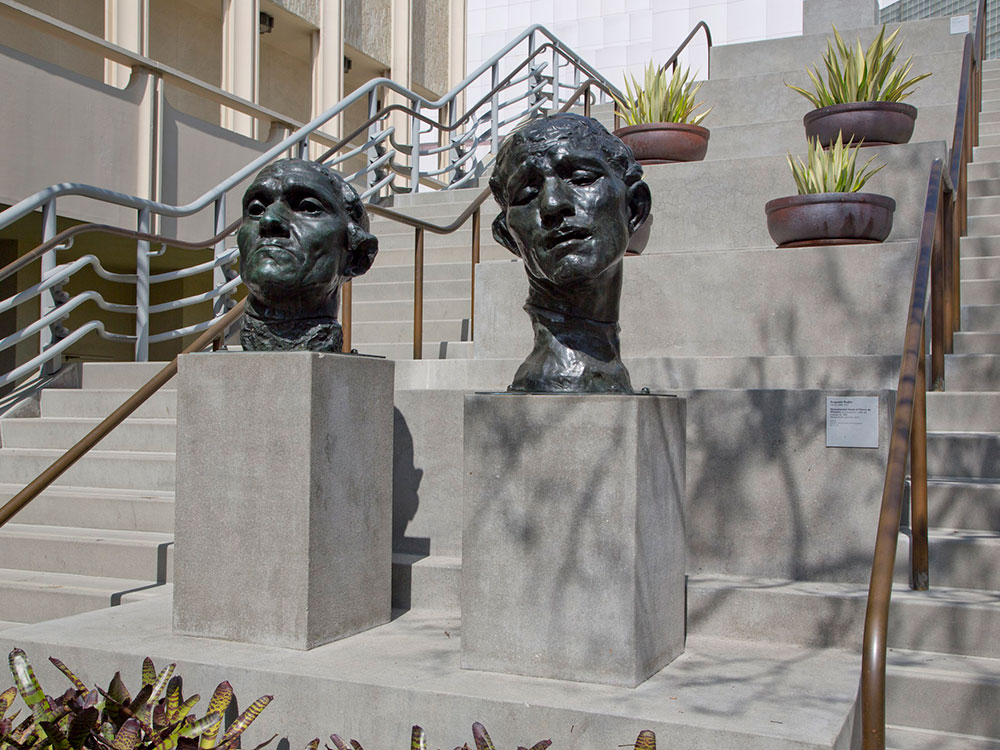
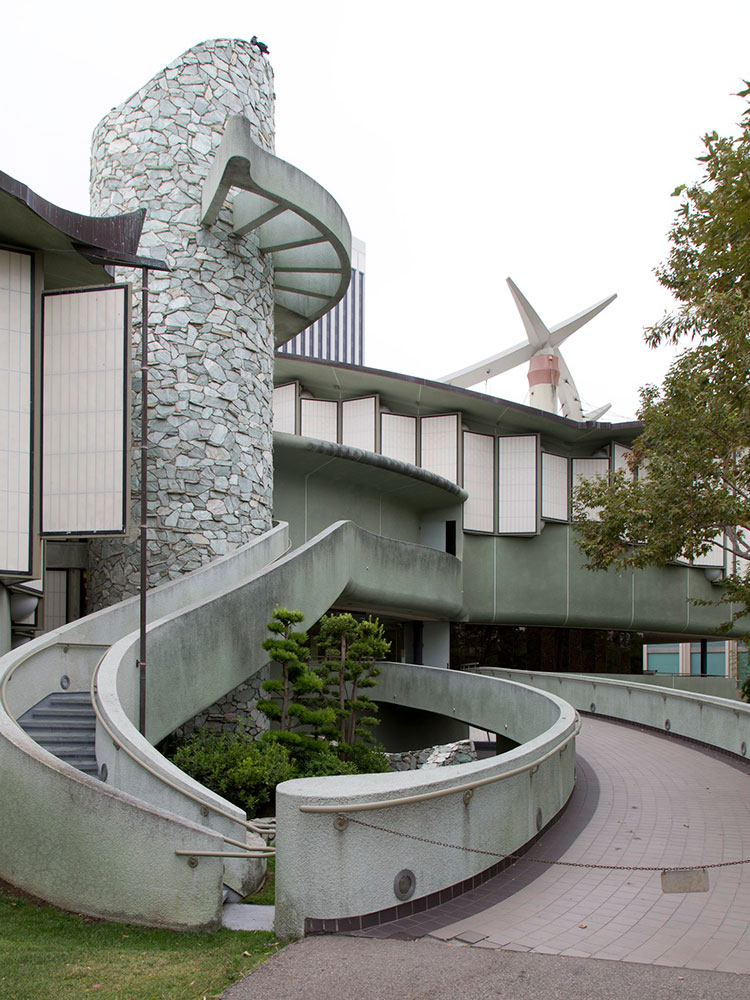
_-_Google_Art_Project-750.jpg)
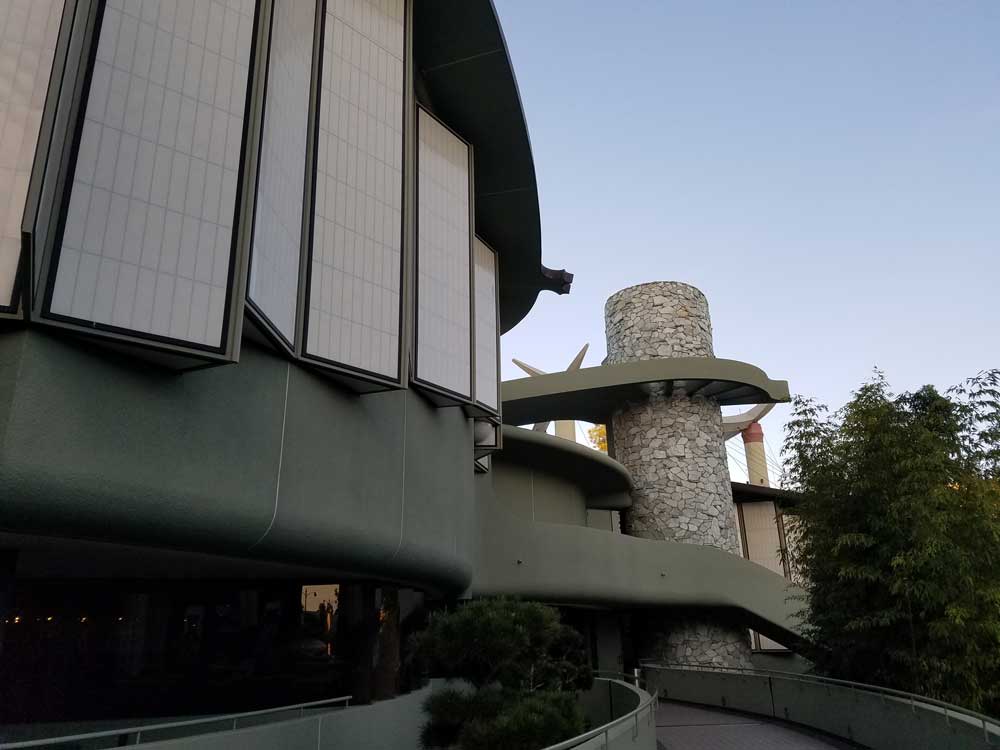
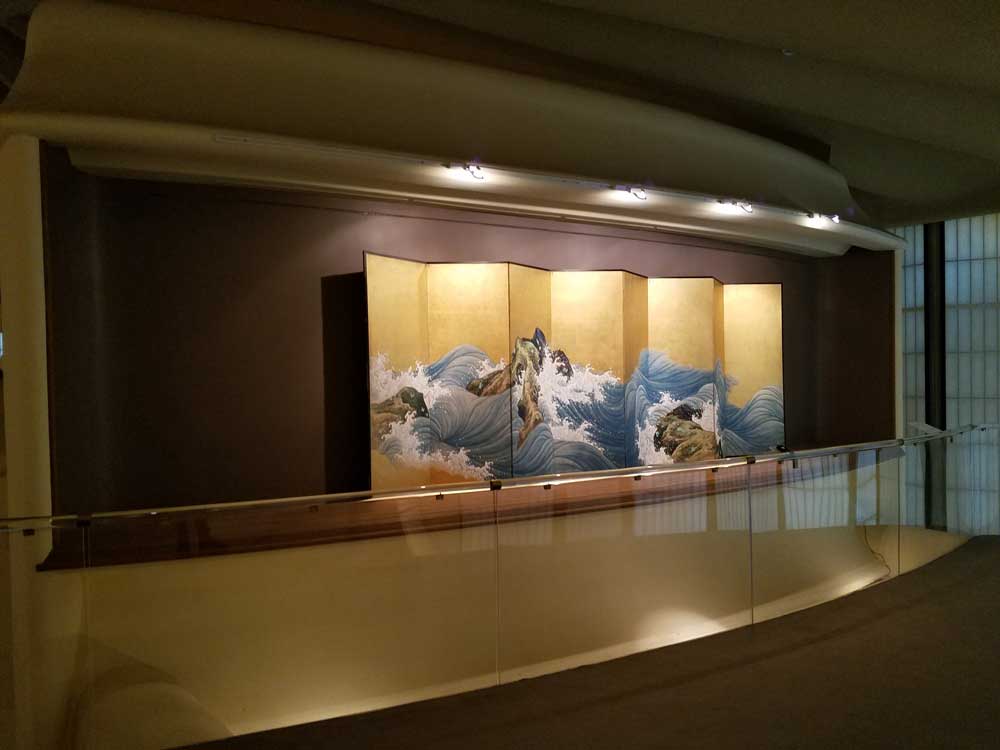
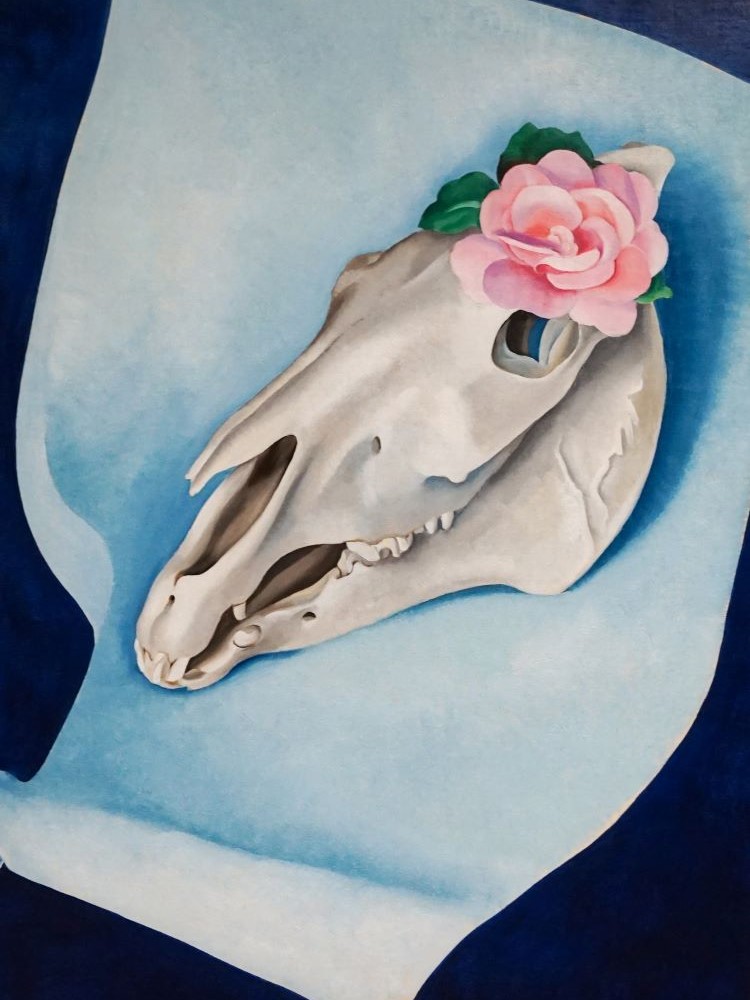
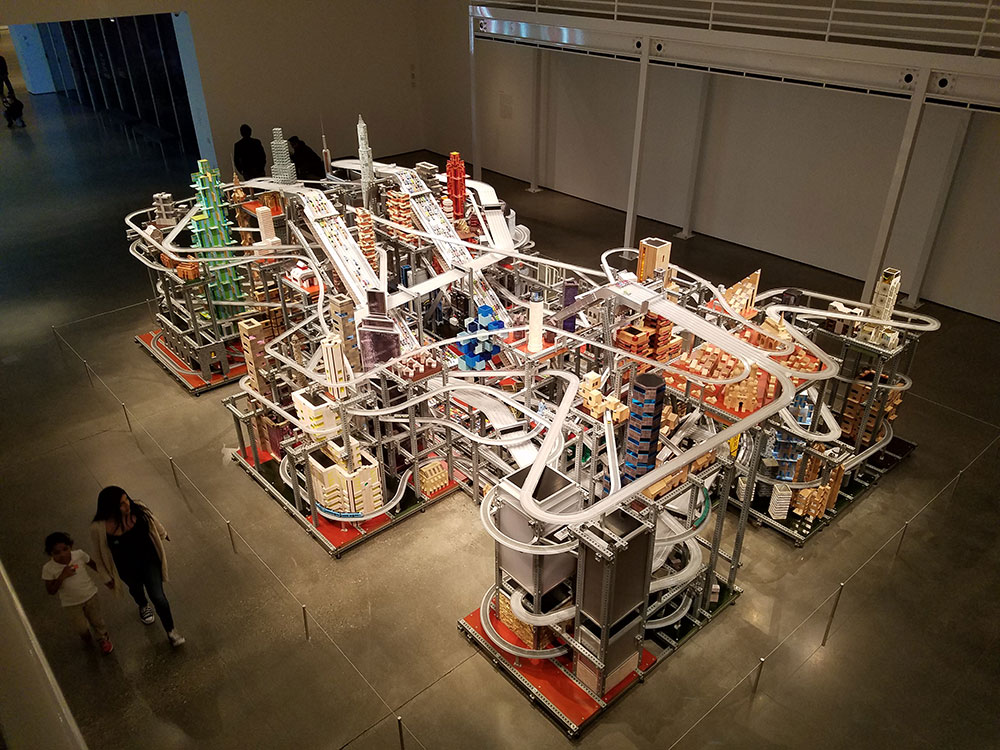
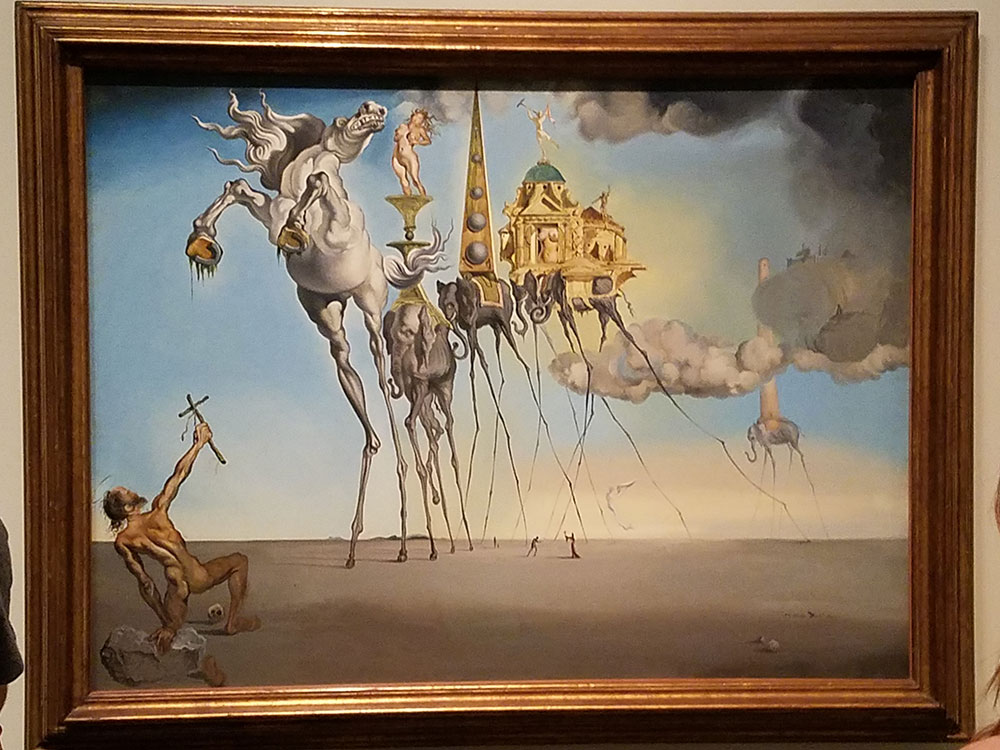
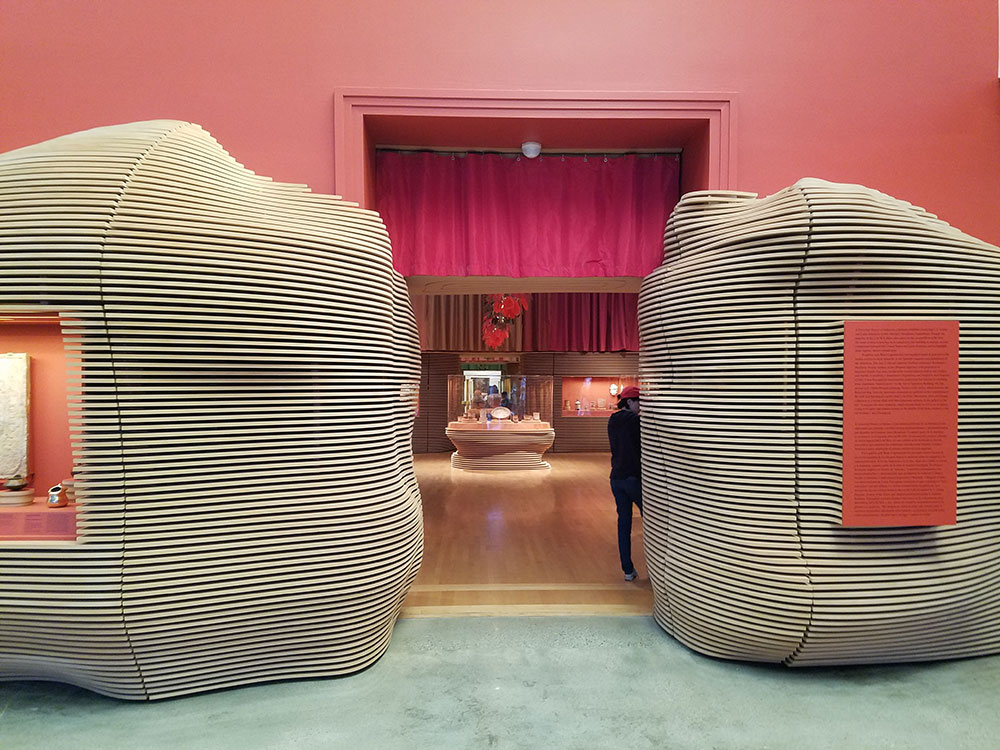
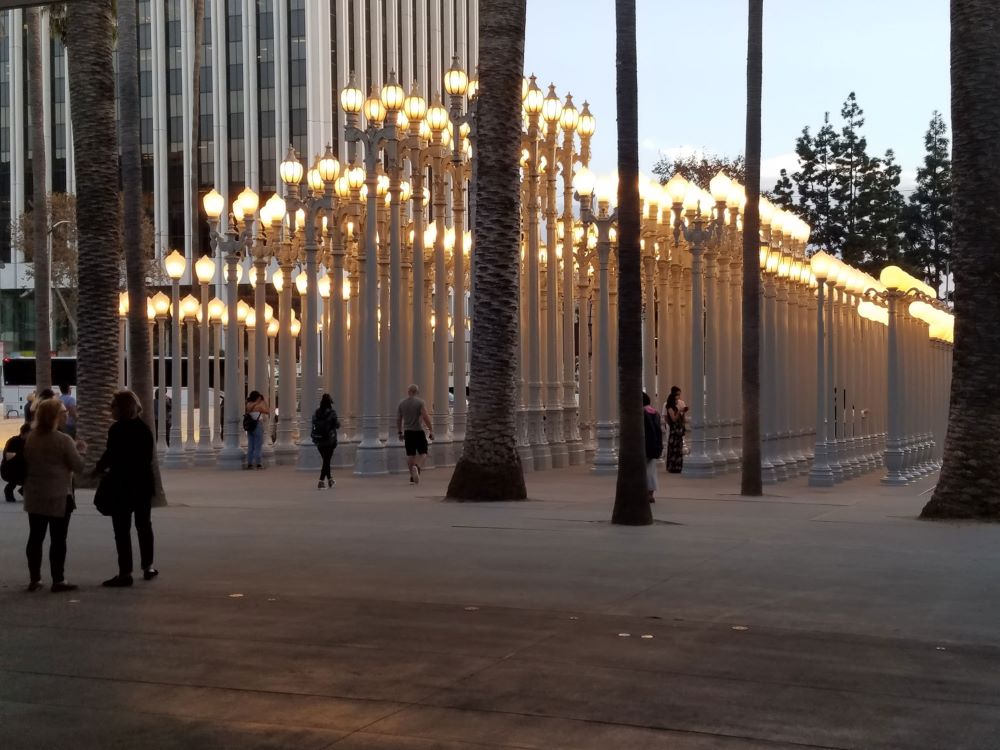
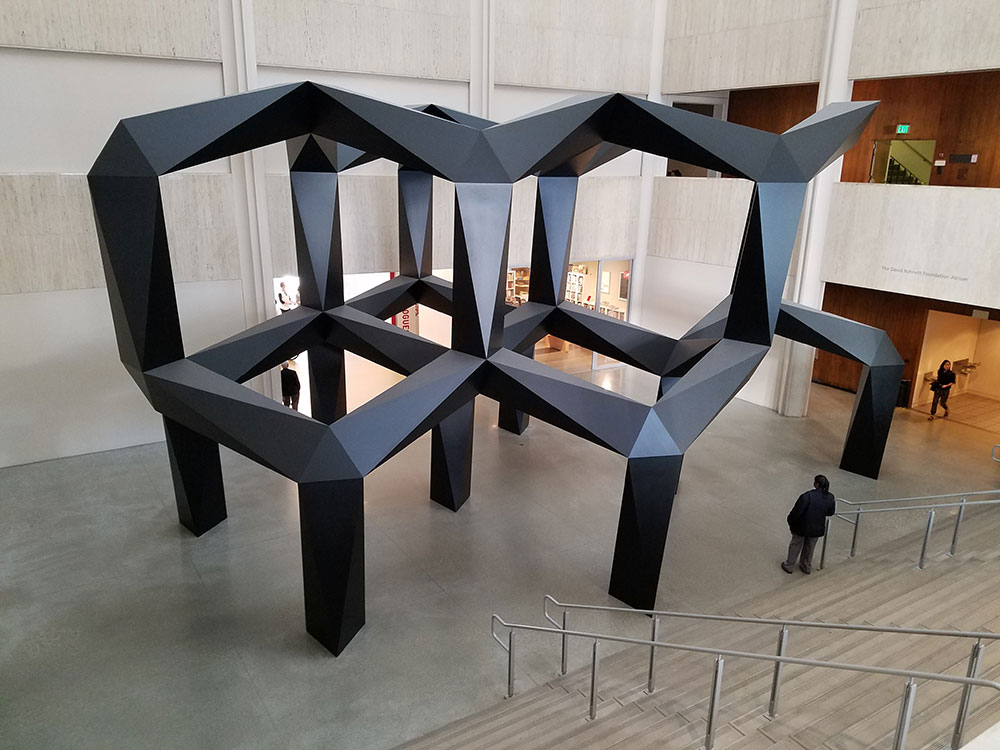
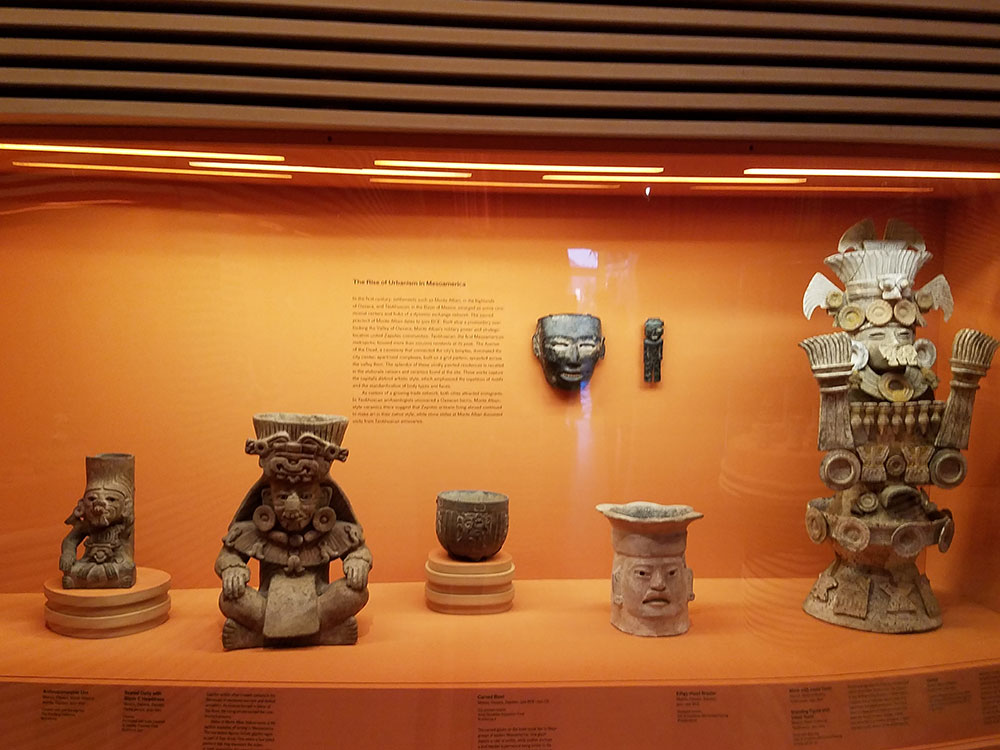
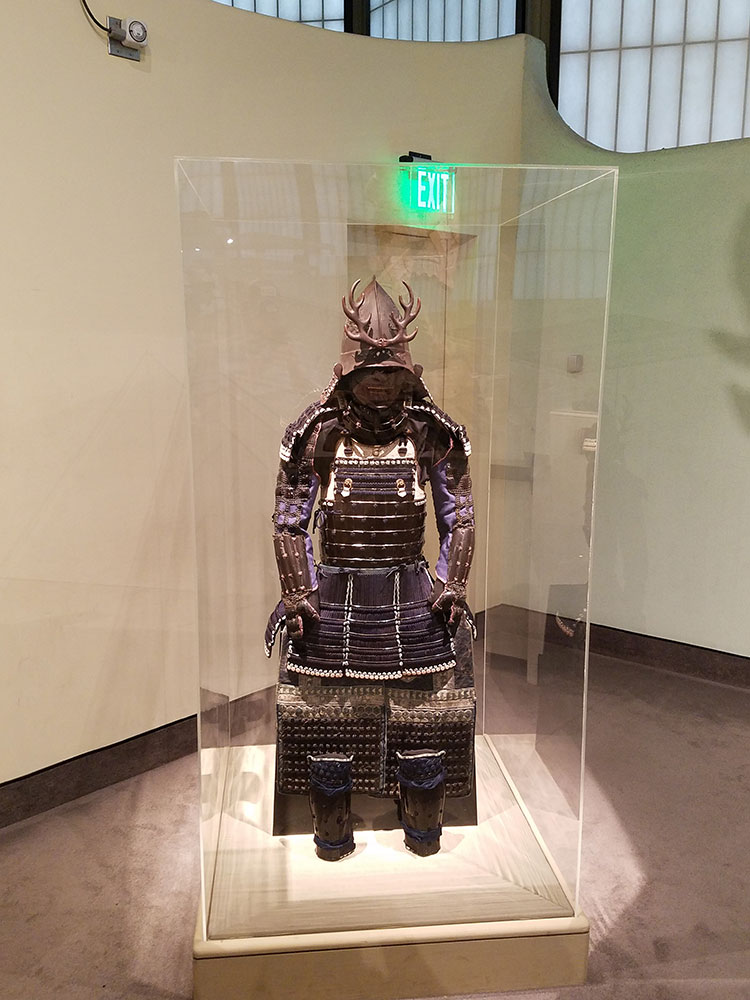
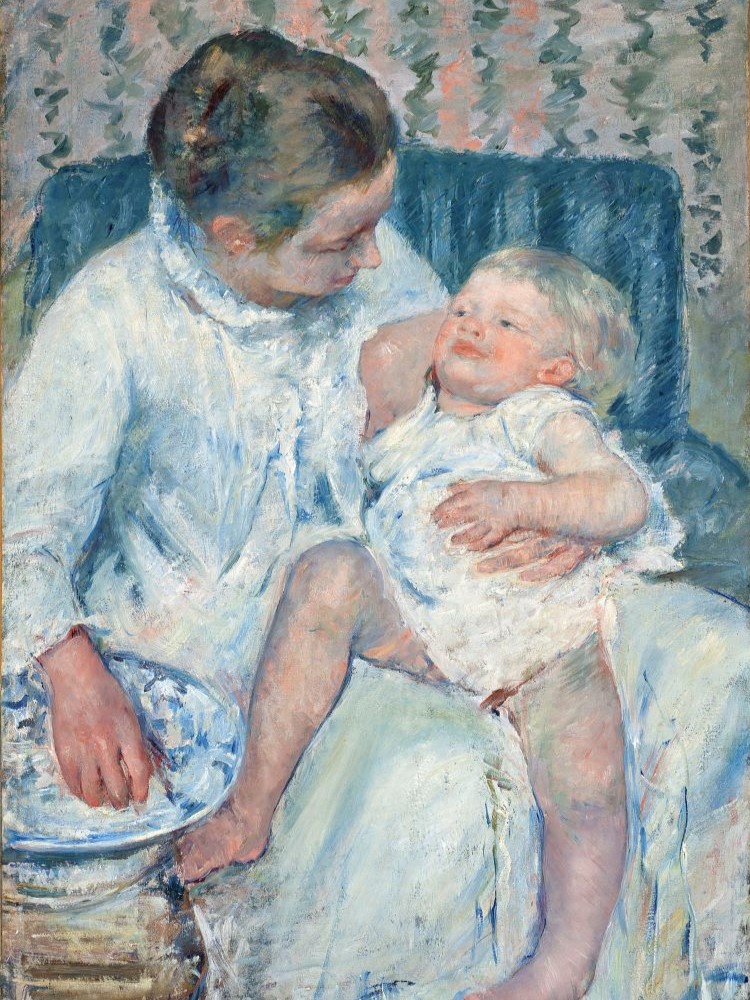
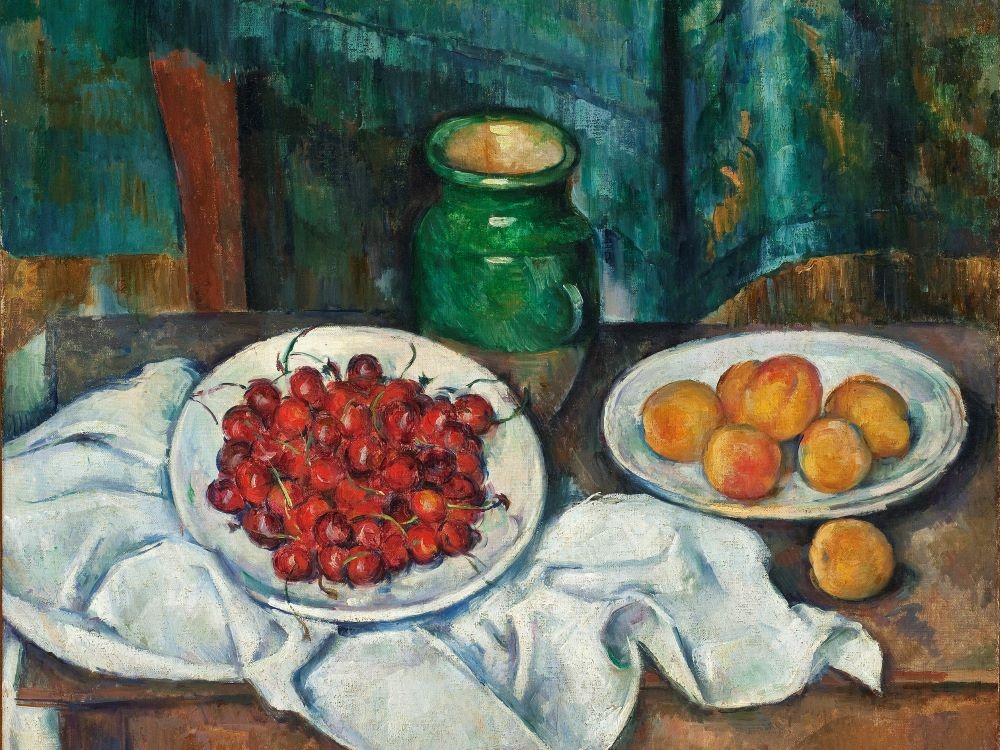
-1000.jpg)
